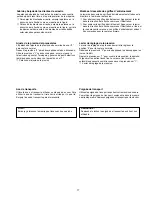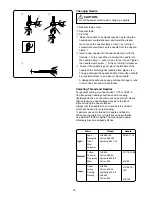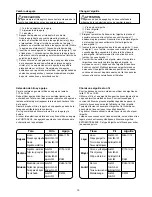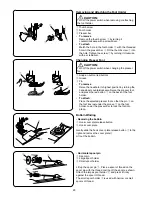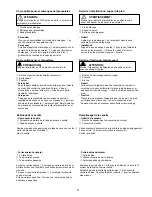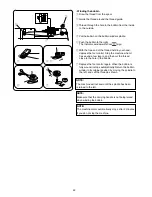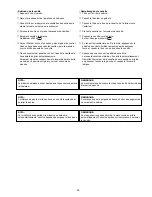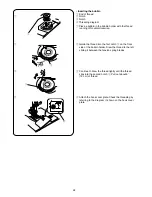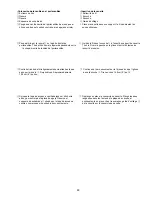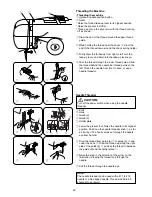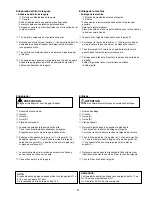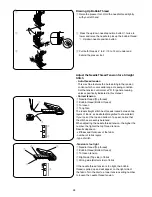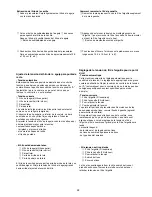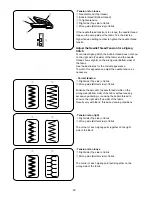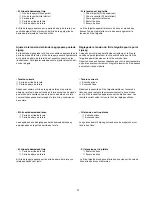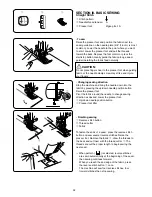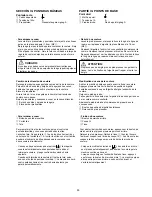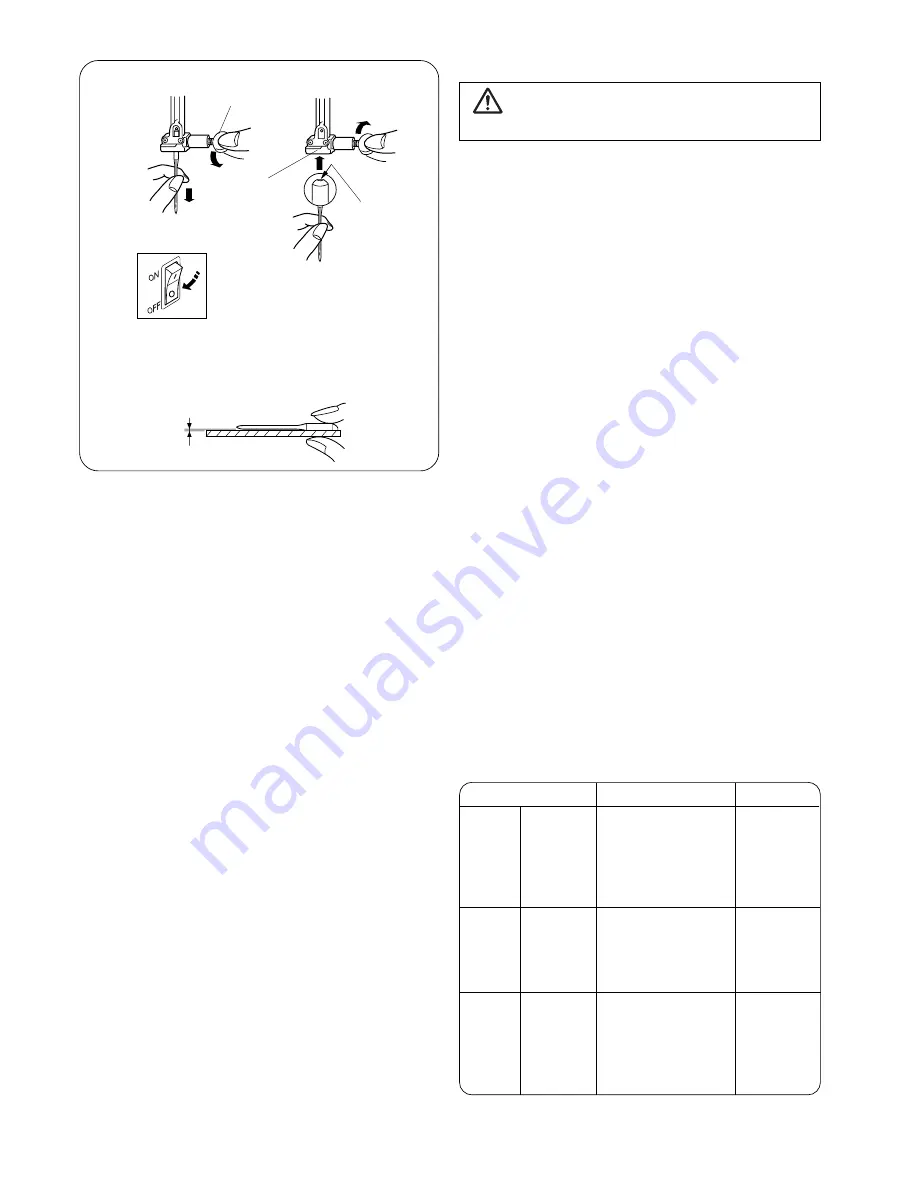
18
Changing Needle
Selecting Thread and Needles
For general sewing, use needle size 11/75 or 14/90. A
fine thread and needle should be used for sewing
lightweight fabrics, so the fabric will no be marred. Heavy
fabrics requires a needle large enough to the fabric
without fraying the needle thread.
Always test the needle size on a small pierce of fabric,
which will be used for actual sewing.
In general, use same thread for needle and bobbin.
When sewing stretch, very fine fabrics and synthetics,
use a BLUE TIPPED needle. The blue tipped needle
effectively prevents skipped stitches.
Fabric
Light
Thread
Needle
Medium
Heavy
Lawn
Georgette
Tricot
Wool,
Polyester
Cotton,
Polyester
Fine jersey
Wool
Denim
Jersey
Coating
Quilting
Silk #80-100
Cotton #80-100
Synthetic #80-100
Silk #50
Cotton #60-80
Synthetic #50-80
Cotton #50
Silk #50
Cotton #40-50
Synthetic #40-50
Silk #30
Cotton #50
#9/65–11/75
#11/75–14/90
#14/90
#14/90–16/
100
#16/100
CAUTION:
Turn off the power switch when changing a needle.
q
Needle clamp screw
w
Needle clamp
e
Flat side
z
Raise the needle to its highest position by turning the
handwheel counterclockwise, and lower the presser
foot. Loosen the needle clamp screw
q
by turning it
counterclockwise. Remove the needle from the needle
clamp
w
.
x
Insert a new needle into the needle clamp
w
with the
flat side
e
to the rear. When inserting the needle into
the needle clamp
w
, push it up as far as it goes. Tighten
the needle clamp screw
q
firmly by turning it clockwise.
c
To see if the needle is good, place the flat side of the
needle onto something flat (needle plate, glass, etc.).
The gap between the needle and the flat surface should
be consistent. Never use a bent or blunt needle.
A damaged needle can cause permanent snags or runs
in knits, fine silks and silk-like fabrics.
q
w
e
z
x
c














